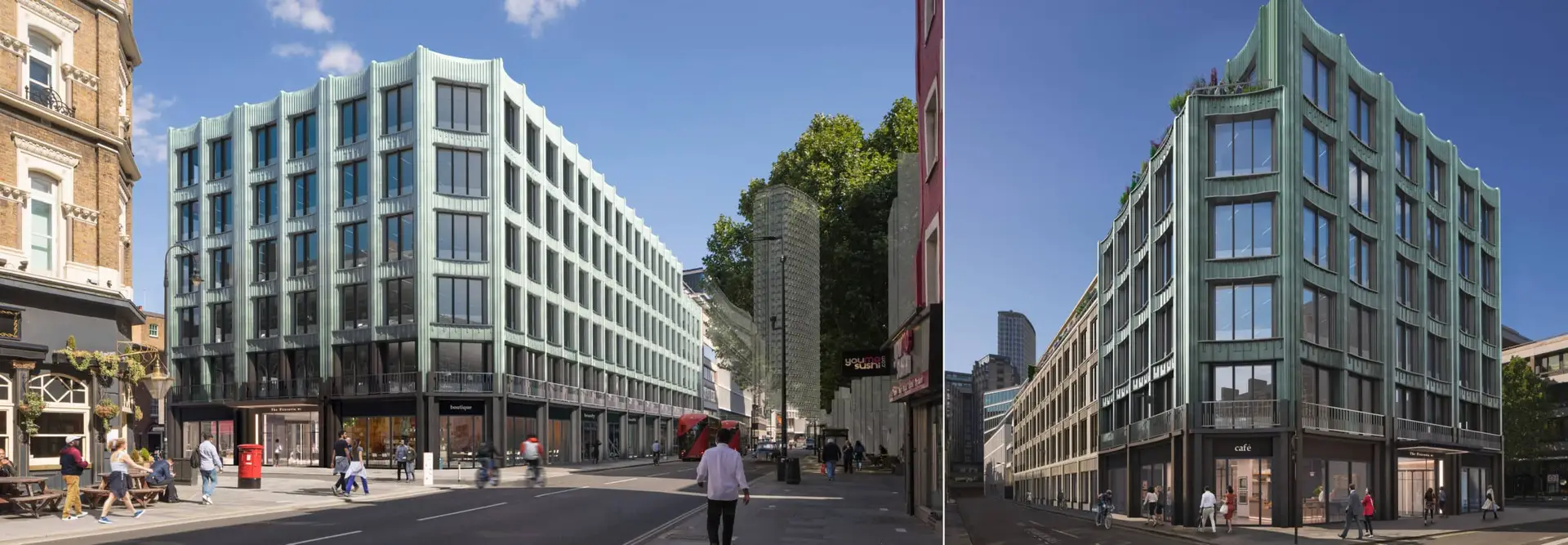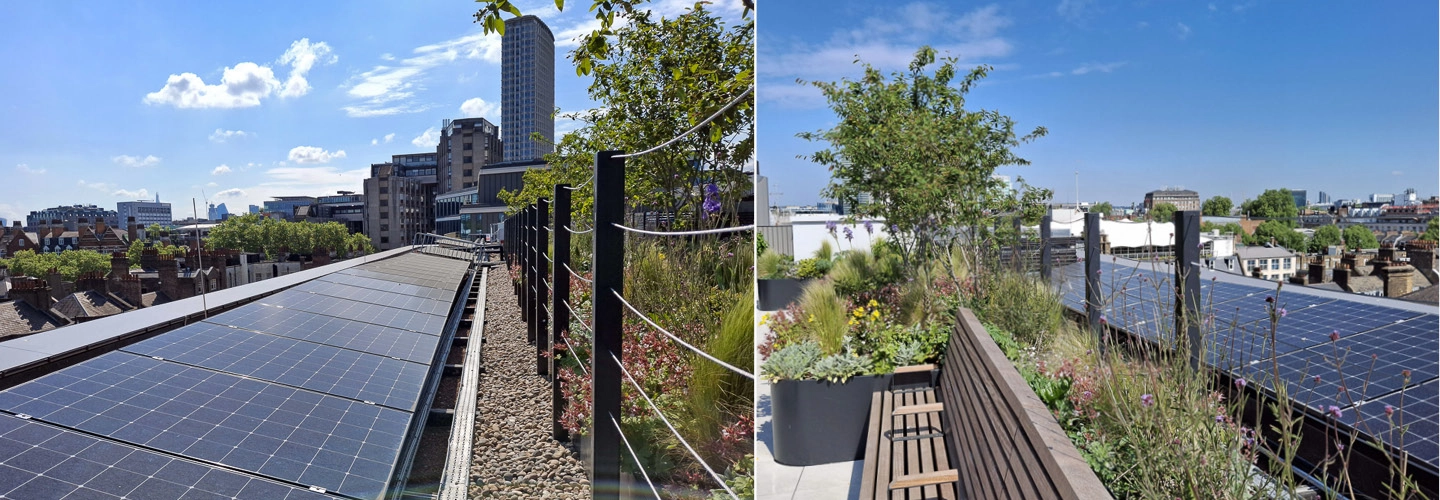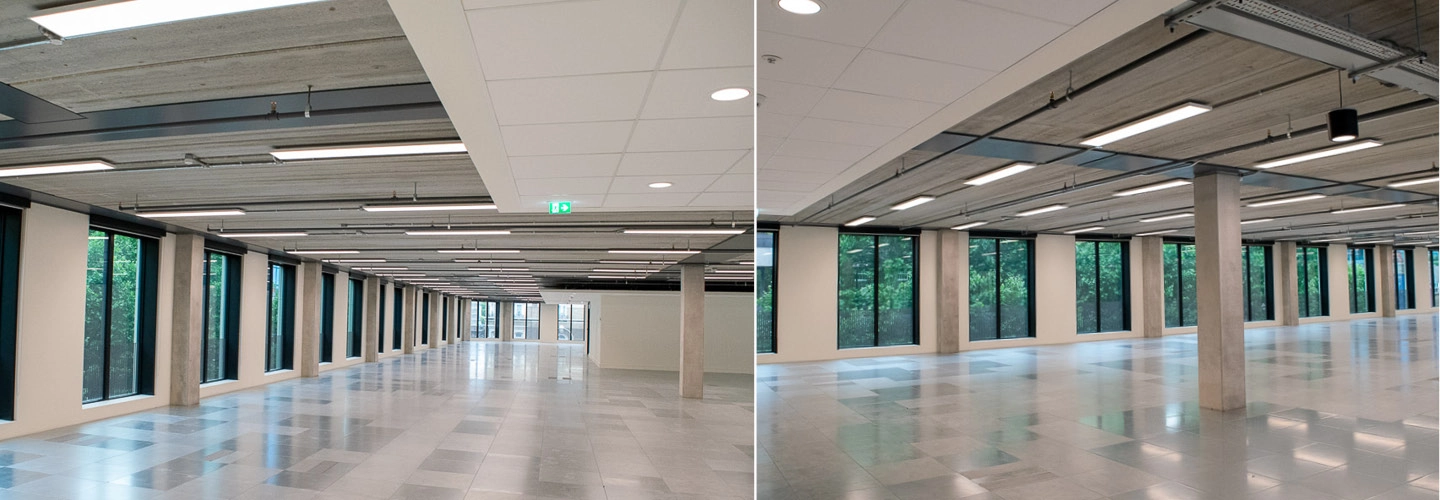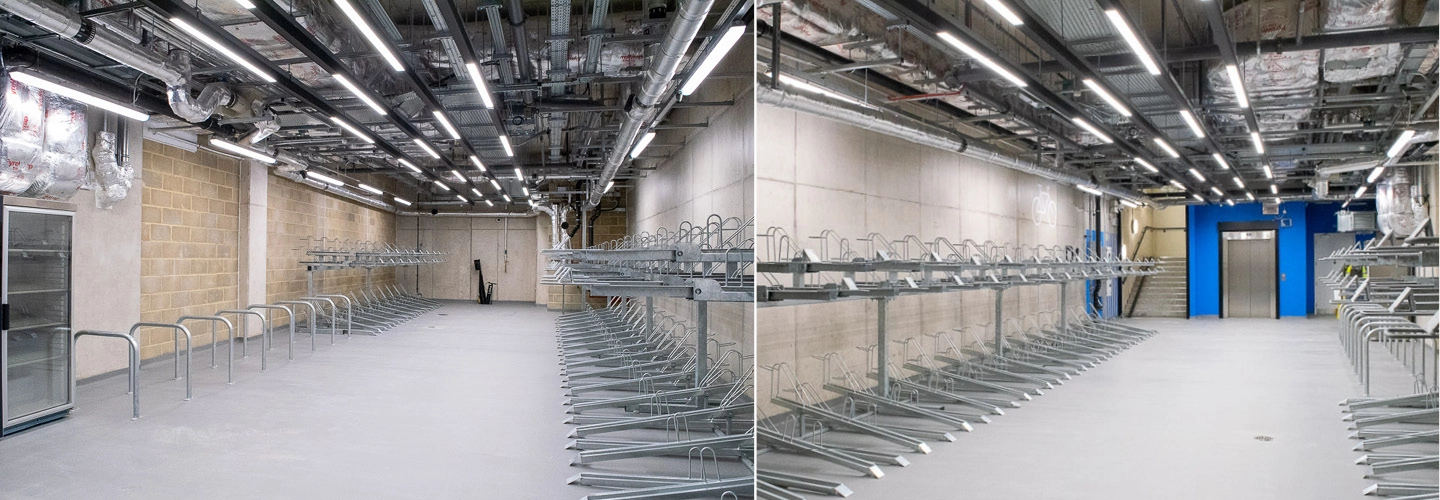One Hanover Street
All MEP systems within One Hanover Street are being fully replaced, with new services distributed through the upgraded risers to each office floor. The refurbished building will benefit from high-efficiency heat-recovery systems, LED lighting throughout, intelligent lighting controls, a common network system and new fan-coil units among other modern building services upgrades.






